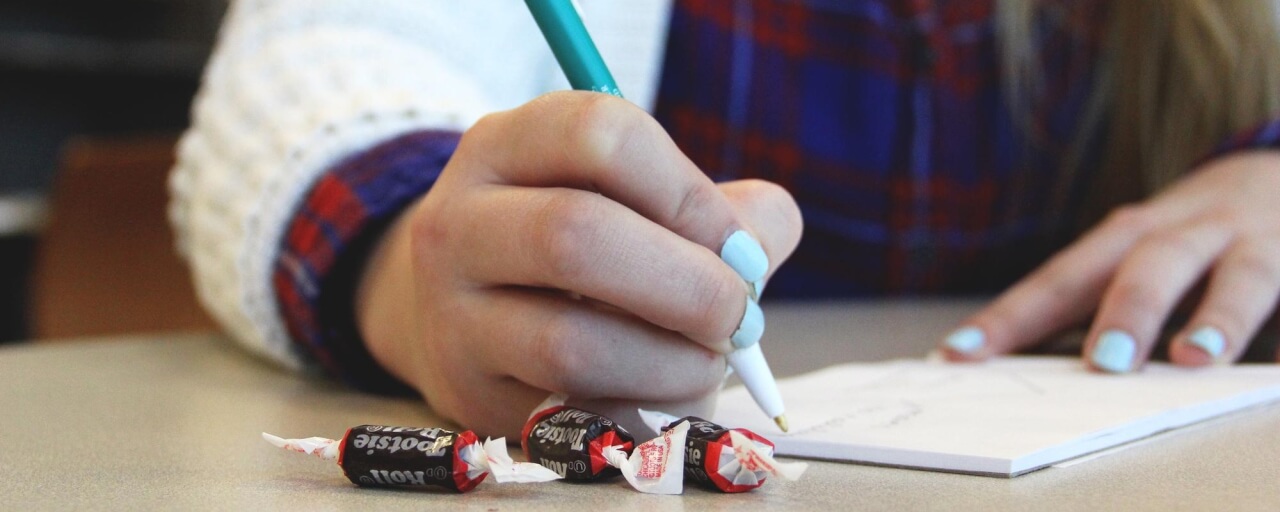Dashes
Are you unsure where, how, or even when to use the dash? If so, here are some helpful hints regarding these pesky punctuation marks.
- Use two hyphens to form a dash (--).
- Do not put spaces before or after the dash.
- A dash marks a decided change in the thought or direction of a sentence.
- Can be used to insert secondary material.
1. Break in Thought:
Everything that went wrong—from the car crash last night to the lost cat this morning—we blamed on our bad luck.
2. Appositives (a noun or noun phrase that renames a nearby noun):
It was my aunt—the one with the glass eye—who sent the five-dollar bill in my Christmas card.
3. Summaries and Lists:
After the hurricane, the people were in need of the most basic necessities—clothing, food, fresh water, and personal care items.
4. Finale (to give the sentence extra lift or importance):
She has always wanted to become a doctor—and she did.
5. Interruption:
Q. Why did you leave without me?
A. Well, I forgot to—
Q. How could you forget to find me?
6. Attribution (usually a memorable line quoted by someone):
“To thine own self be true.”
—Shakespeare
Tip: Sometimes commas, colons, semicolons, and even parenthesis can be used in place of a dash. Unless there is a specific reason for using the dash, avoid it. Unnecessary dashes create a choppy effect.
To view or print our Helpful Handout, click here: Dashes
*comes with learning comic attached
Have other questions? Stop in and visit! Or call us at 331-2922.
[1726082831].jpg)

